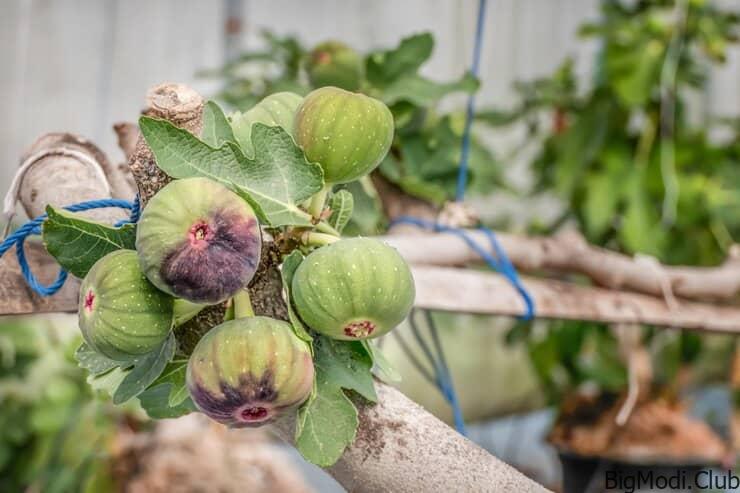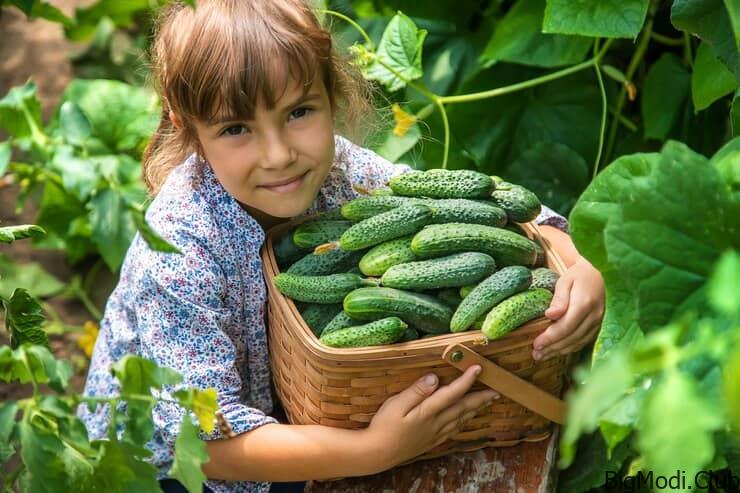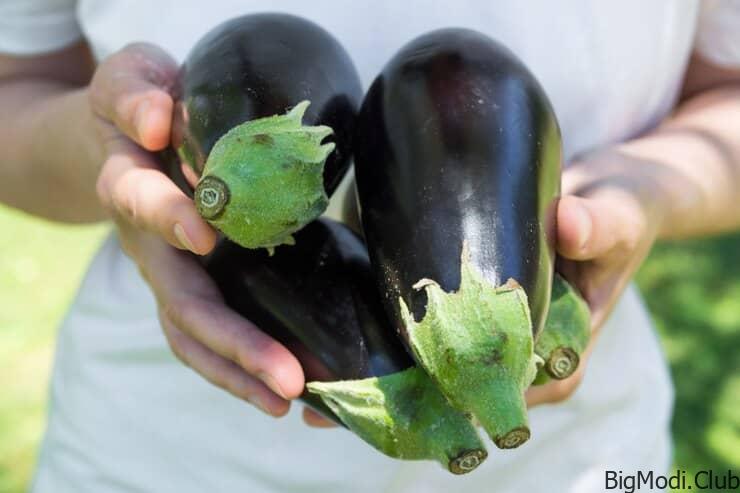Growing chili peppers can be a highly rewarding endeavor, offering vibrant colors, intense flavors, and numerous health benefits. Whether you’re an experienced gardener or a novice, implementing the right methods can significantly enhance your chili pepper yield. Below, we delve into comprehensive strategies to cultivate super fruitful chili peppers, ensuring a bountiful harvest.
Selecting the Right Varieties
Choosing the appropriate chili pepper varieties is crucial for a successful harvest. Different types of chili peppers thrive under varying conditions. Some popular and highly productive varieties include:
- Habanero: Known for its intense heat and fruity flavor.
- Jalapeño: A versatile pepper with moderate heat.
- Cayenne: Perfect for drying and making chili powder.
- Bell Peppers: Mild and sweet, ideal for salads and cooking.
Optimal Soil Preparation
Chili peppers require well-drained, fertile soil to flourish. Here are essential steps to prepare your soil:
- Soil Testing: Conduct a soil test to determine pH levels and nutrient content. Chili peppers thrive in slightly acidic to neutral soil (pH 6.0-7.0).
- Amendments: Incorporate organic matter such as compost or well-rotted manure to enhance soil fertility and structure.
- Drainage: Ensure proper drainage by incorporating sand or perlite into heavy clay soils to prevent waterlogging.
Seed Starting and Transplanting
Starting chili peppers from seeds allows for greater control over the growing process. Follow these steps for successful seed starting and transplanting:
- Seed Selection: Choose high-quality seeds from reputable sources.
- Germination: Sow seeds indoors 8-10 weeks before the last frost date. Maintain a temperature of 75-85°F (24-29°C) for optimal germination.
- Lighting: Provide 14-16 hours of artificial light daily to ensure strong seedling growth.
- Hardening Off: Gradually acclimate seedlings to outdoor conditions by placing them outside for a few hours each day, increasing exposure over a week.
- Transplanting: Transplant seedlings into the garden when night temperatures consistently remain above 50°F (10°C). Space plants 18-24 inches apart in rows 24-36 inches apart.
Watering and Fertilization
Proper watering and fertilization are key to promoting healthy growth and maximizing fruit production:
- Watering: Maintain consistent moisture levels, providing 1-2 inches of water per week. Use drip irrigation or soaker hoses to avoid wetting foliage, reducing the risk of disease.
- Mulching: Apply organic mulch around plants to conserve moisture, suppress weeds, and regulate soil temperature.
- Fertilization: Apply a balanced fertilizer (10-10-10) at planting time. Side-dress with a high-potassium fertilizer during flowering and fruiting stages to support pepper development.
Pest and Disease Management
Chili peppers are susceptible to various pests and diseases. Implementing integrated pest management (IPM) strategies can help maintain healthy plants:
- Regular Monitoring: Inspect plants regularly for signs of pests or disease.
- Cultural Practices: Practice crop rotation, avoid overhead watering, and ensure adequate spacing to promote good air circulation.
- Biological Controls: Introduce beneficial insects such as ladybugs and lacewings to control aphids and other pests.
- Organic Treatments: Use neem oil or insecticidal soap to manage pest populations without harming beneficial insects.
Pruning and Staking
Proper pruning and staking techniques can improve air circulation, reduce disease incidence, and support heavy fruit loads:
- Pruning: Remove the lower leaves and suckers (side shoots) to direct energy towards fruit production. Pinch off the growing tips to encourage bushier growth.
- Staking: Use stakes, cages, or trellises to support plants, preventing them from falling over under the weight of the fruit.
Harvesting and Post-Harvest Care
Knowing when and how to harvest chili peppers can significantly impact their flavor and storage life:
- Harvest Timing: Harvest peppers when they reach full size and mature color. For hotter peppers, allow them to ripen fully on the plant.
- Harvesting Technique: Use sharp scissors or pruning shears to cut peppers from the plant, leaving a small portion of the stem attached.
- Post-Harvest Care: Store fresh peppers in a cool, dry place or refrigerate them to extend shelf life. For long-term storage, consider drying, freezing, or pickling.
Maximizing Yield Through Advanced Techniques
To further boost your chili pepper yield, consider incorporating advanced gardening techniques:
- Companion Planting: Plant chili peppers alongside basil, marigold, or onions to repel pests and enhance growth.
- Greenhouse Cultivation: Use a greenhouse to extend the growing season and protect plants from extreme weather conditions.
- Hydroponics: Explore hydroponic systems for soil-less cultivation, allowing precise control over nutrient delivery and environmental conditions.
By following these proven methods, you can cultivate a thriving chili pepper garden, yielding an abundant harvest of flavorful and nutritious peppers. From selecting the right varieties and preparing the soil to effective watering, fertilization, and pest management, each step plays a vital role in ensuring success. Embrace these strategies and enjoy the fruits of your labor in the form of vibrant, bountiful chili peppers.



